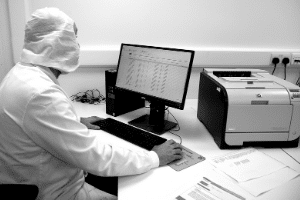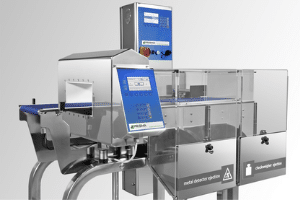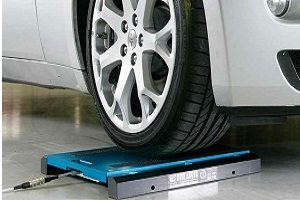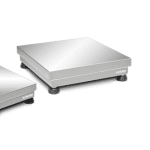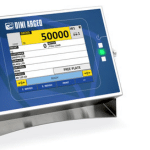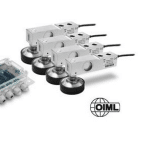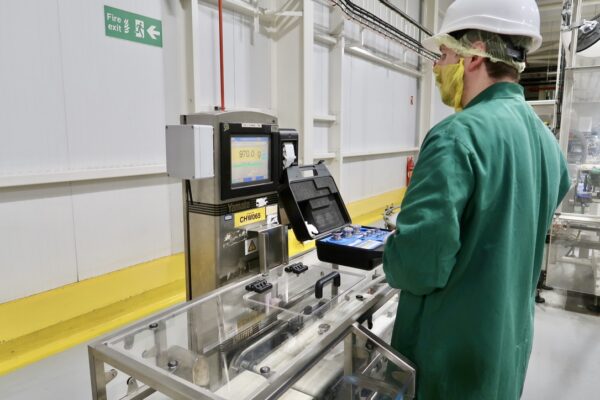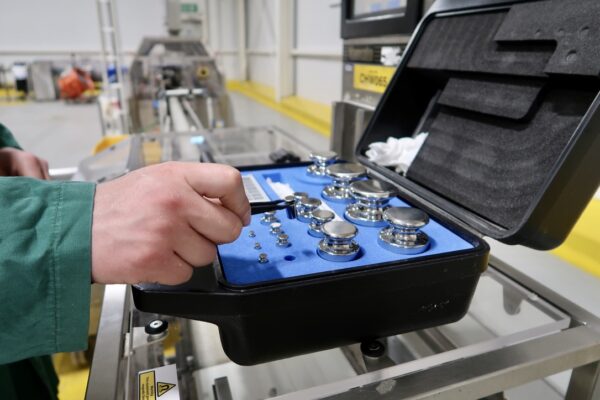What is the Difference Between DeviceNet and PROFIBUS?
DeviceNet and PROFIBUS are both fieldbus systems, which means they are communication protocols that allow devices in a control system to communicate with each other and with a central controller.
What is DeviceNet?
DeviceNet is a fieldbus system developed by the Open DeviceNet Vendors Association (ODVA) and is used for connecting industrial control devices such as sensors, actuators and valves. It is based on the CAN (Controller Area Network) protocol and is designed for use in rugged industrial environments such as the automotive industry.
What is PROFIBUS?
PROFIBUS is a fieldbus system developed by the PROFIBUS Trade Organization and is used for connecting a variety of industrial devices, including programmable logic controllers (PLCs), drives and instruments. It is a digital communication system that is widely used in factory automation and process control applications.
The Difference Between DeviceNet and PROFIBUS
One major difference between DeviceNet and PROFIBUS is the type of data they can transmit. DeviceNet is primarily used for transmitting binary data, while PROFIBUS can transmit a wider range of data types, including analog and digital signals, as well as process data.
Another difference is the physical layer of the communication system. DeviceNet uses a single twisted pair of wires to transmit data, while PROFIBUS can use either a single twisted pair or a coaxial cable.

In summary, DeviceNet and PROFIBUS are both fieldbus systems used for industrial communication, but they differ in the type of data they can transmit and the physical layer of the communication system.
Load Cell Amplifiers
MWS has a range of load cell amplifiers that can connect to both PROFIBUS and DeviceNet systems. If you are unsure which load cell you need, speak to us online or contact us via sales@mws.ltd.uk and our experts would be happy to help.

